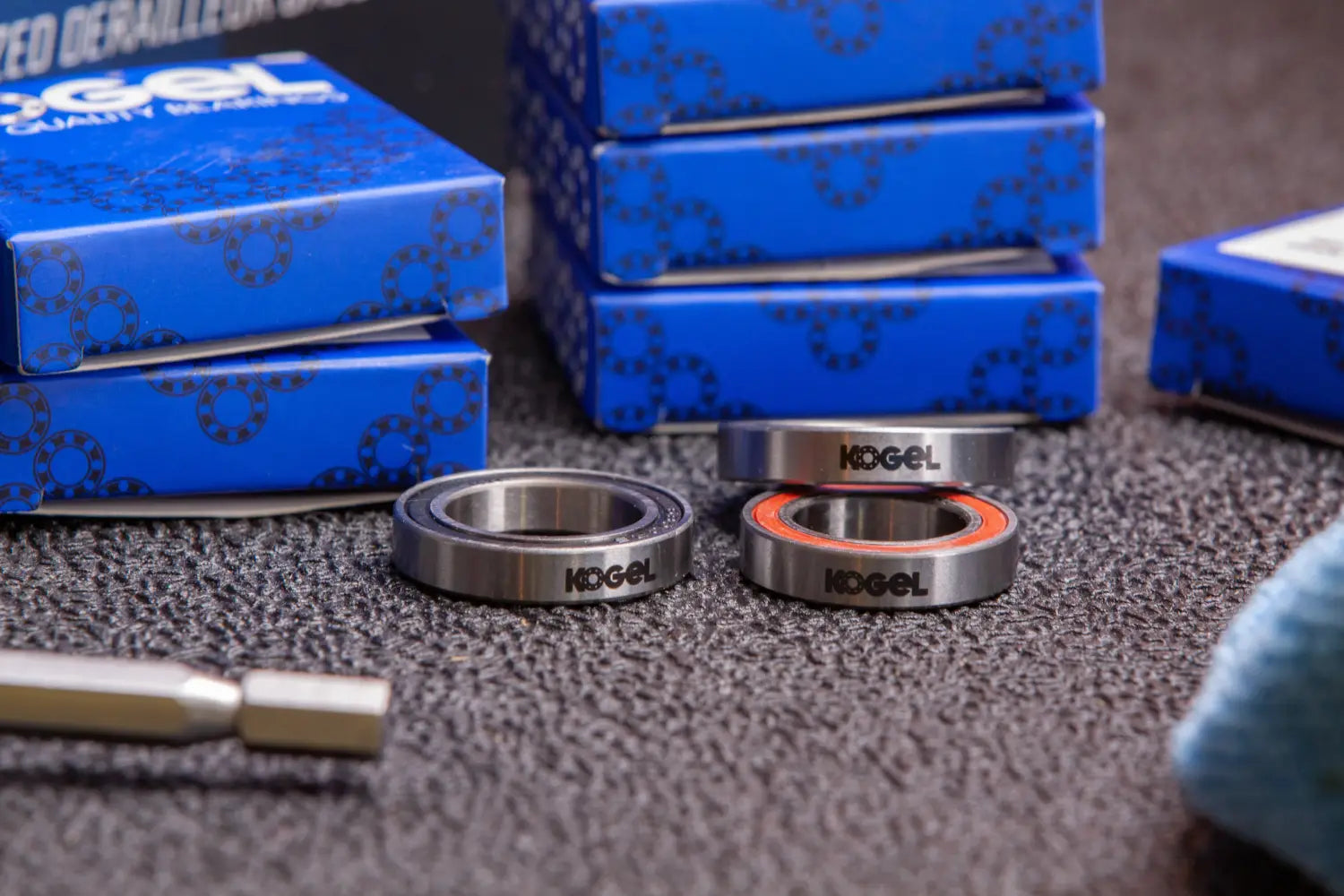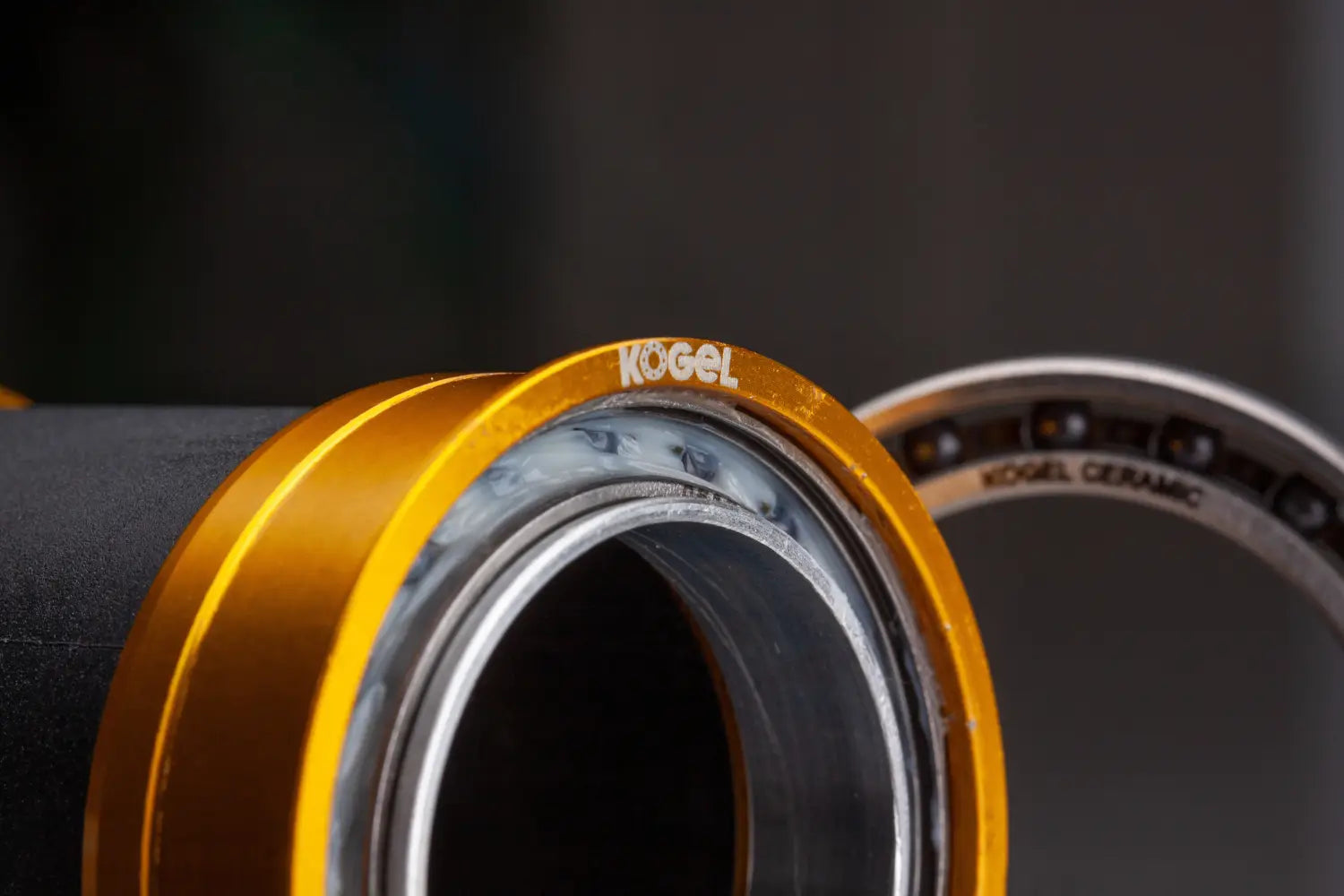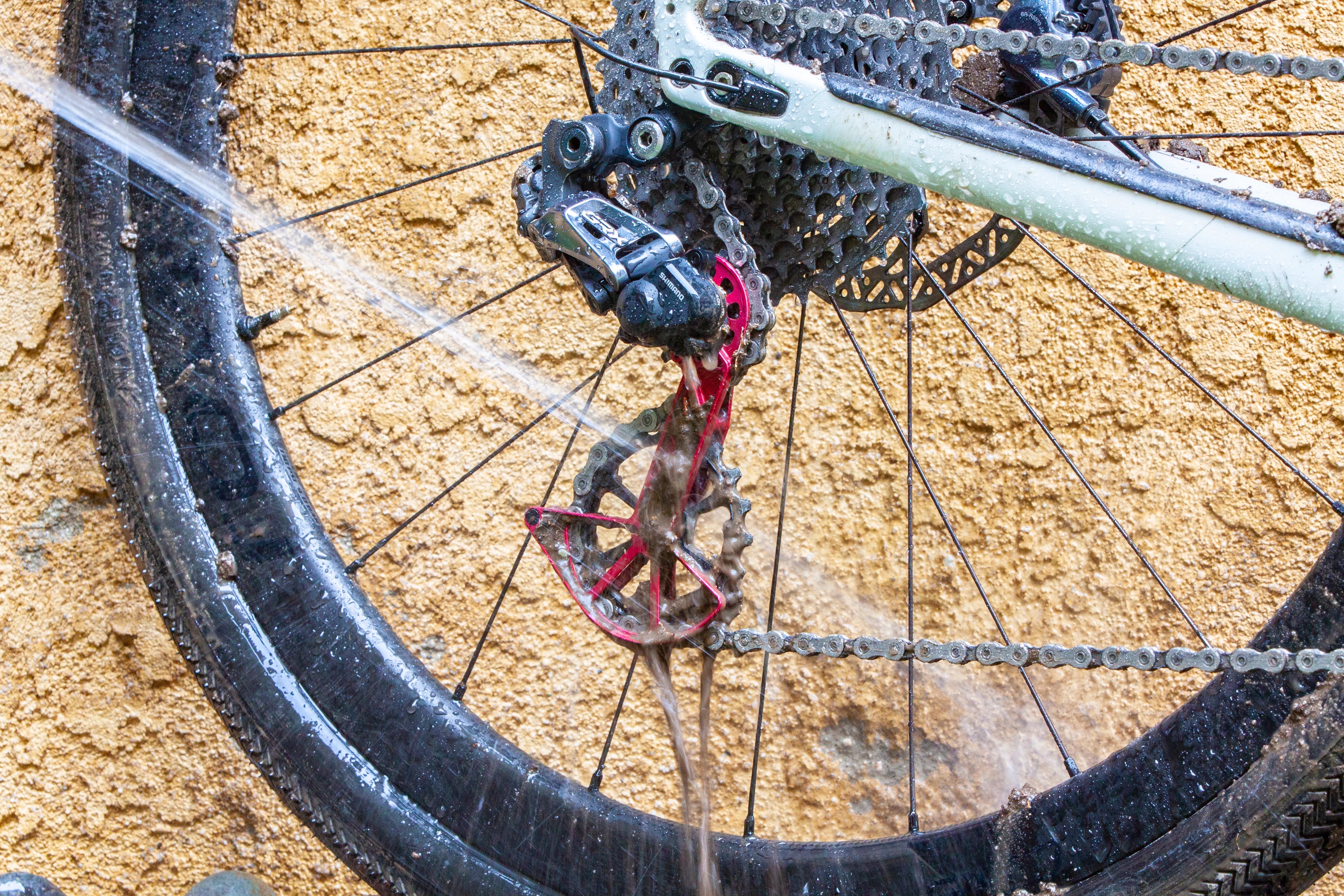If you've been following Kogel for a while, you know we're obsessed with two things: making the fastest, most efficient bearings on the planet and making sure they last. We talk a lot about the benefits of ceramic bearings—they're rounder, harder, and lighter than steel balls—but we haven't spent enough time talking about a problem that plagues every cyclist who's ever ridden in the rain, through a creek, or even just hosed down their bike: corrosion. It's the silent killer of bike components and, believe it or not, it's the cause of about 90% of bearing failures. That's a huge number, and it's a problem we've been working to solve for years.
I'm an avid cyclist, and I’ve seen this firsthand. I've heard the crunching, grinding sound of a bottom bracket that's been destroyed by rust after a particularly wet ride. I've felt the drag in a wheel hub that's been compromised by salty air. And I know the frustration of having to replace a perfectly good part just because the elements got to it. It’s a pain in the neck and a waste of money. We knew we had to do something about it.

This is where Kogel CR (Corrosion-Resistant) Bearings come in. We didn't want to just make a waterproof bearing; we wanted to make a bearing that was fundamentally resistant to the very thing that breaks them down. A bearing that was as tough as our riders. A bearing that could handle the worst conditions the cycling world could throw at it and still spin smoothly afterwards.
The challenge was in the steel itself. Most bearings, even high-quality ones, use a carbon steel that's very hard, but also very susceptible to corrosion. You see, a standard bearing is made from a steel alloy that's been heat-treated to a hardness that can withstand the immense pressure of a ceramic ball rolling over it thousands of times per minute. The problem is that this hardness comes at a cost: this type of steel issusceptible to rust and other forms of corrosion when exposed to moisture and salt.

When you introduce moisture, especially with contaminants like road salt or sweat, it starts to eat away at the steel. It's like a tiny army of microscopic Pac-Men chewing up your bearings from the inside out. Once corrosion sets in, it creates pits and irregularities on the bearing races—the smooth, polished surfaces the balls roll on. These pits create friction, which in turn generates heat and causes wear. It's a vicious cycle that quickly leads to a noisy, inefficient bearing and, eventually, a full-on failure.
Our solution was to rethink the materials. We went back to our manufacturer and said, "We need a stainless steel that is hard enough to resist the incredible pressure of our ceramic balls, but also truly corrosion-resistant." They looked at us like we were crazy. Standard stainless steel isn't nearly hard enough for bearing races. It would dent and get chewed up.
But we did not take no for an answer. We worked with them, testing different stainless steel alloys and different heat-treating processes. We were looking for a unicorn—a stainless steel that could achieve the hardness of traditional bearing steel without sacrificing its resistance to corrosion. And after a lot of trial and error, we found it. We developed a proprietary process that gave us a stainless steel that was hard enough to stand up to the pressure of our ceramic balls and also gave us the corrosion resistance we needed.
The result is a bearing that is built to thrive in the most challenging conditions.
Think about the riders in the UK, where it feels like it rains 300 days a year. Or the cyclists in the Pacific Northwest, where the trails are often a mix of mud, water, and grit. For these riders, a standard bearing might only last a few months before it starts to sound like a coffee grinder. With Kogel CR Bearings, you can ride through the rain, splash through puddles, and not have to worry about your bearings giving up on you. They're built for that.
And it’s not just about rain. Think about the humid, salty air in coastal areas like Florida and Southern California. That air is full of moisture and salt, which is a perfect recipe for rust. Your sweat, which is also salty, drips all over your bike and into your components. This is where Kogel CR Bearings really shine. The stainless steel races are impervious to this kind of attack. They don't rust, they don't pit, and they keep on spinning smoothly.
So, what does this all mean for you, the rider? It means a few things. First, it means less maintenance. You won't have to be as worried about hosing down your bike or riding in a downpour. Second, it means more durability. Your bottom bracket, your wheel hubs, and your pulleys will last longer, saving you money in the long run. And most importantly, it means better performance. A bearing that is free from rust and pitting is a bearing that is spinning efficiently. That means every watt you put into the pedals is going toward forward motion. Keep this in mind for indoor cycling season. I have spoken at length about toxic sweat running down your seat and down tube during Zwift sessions.
At Kogel, we're not just about making the fastest bearings; we're about making the best bearings. And for us, "best" means bearings that can handle whatever you throw at them. Kogel CR bearings are the solution to a problem that has plagued cyclists for a very long time. They're the peace of mind you get from knowing your bike can handle the elements and that your components will still be spinning strong, ride after ride, no matter the weather. They're not just a product; they’re a commitment to quality and a love for the sport, no matter the conditions.

